Fractional payment incentives for affordable housing
This latest post is a super wonky topic that factors into my long-term plans to put funding into the new Affordable Housing Trust. They released an action plan this week, which is basically a report that describes ways to fund the AHT. I’ve written about this previously in some detail, but one thing I didn’t really get into was an obscure idea mentioned on page 36 of the report, which, under an inclusionary zoning ordinance (which we recently allocated $100,000 to fund, along with two other studies — though that won’t be nearly enough to fully fund all three of them), allows developers to make something called “fractional payments”.
Even though I’m sure I caught your attention with that banger of a first paragraph, you’re probably wondering, “what is a fractional payment”?
Medford’s current inclusionary zoning — 94-8.1.6 — dictates that at least a certain percent of new units have to be “affordable”, as defined under Mass General Law. The exact amounts are tiered, as follows:
Ten to 24 lots or units: Ten percent affordable units
Twenty-five to 49 lots or units: Thirteen percent affordable units
Fifty or more lots or units: Fifteen percent affordable units.
So, if I build a twenty-unit complex, two have to be affordable. If I build under ten units, they can all be market rate. So, if you build ten units, one needs to be affordable. If I build 11 units, that’s 1.1 units, which, under 94-8.1.8, needs to be rounded up to 2, so two out of 11 need to be affordable.
I’m sure that you’re already starting to sniff out problems with that from a policy perspective. Why build that tenth unit when you can simply build nine market-rate units? Why build an 11th unit? If you have a 20-unit complex, why build the 21st unit, which would require a whole additional affordable unit?
The result of this is that Medford has a lot of nine-unit complexes, in places where they’re allowed.
The solution? Fractional payments.
Fractional payments would help prevent a system that strongly disincentivizes more building at these very discrete thresholds. Instead of rounding up the number of affordble units, it would allow the developer to simply donate cash to the Affordable Housing Trust. The cash can be calculated using either the total cost of the development or the affordability gap (i.e., how much money the developer would lose by making a unit affordable). So, if you want to build 11 units, you can make one of them affordable and donate cash commensurate with 10% of an affordable housing unit to the AHT. The Urban Land Institute offered a good explainer for this.
Other options include simply allowing cash payments to the AHT in lieu of affordable units, regardless of fractionality. This is what Watertown allows, to some extent (though they also require the developer to provide justification as to why they can’t simply make affordable units). This is also better than what we have — it’s better to get 21 units with some cash towards the AHT instead of 20 units.
